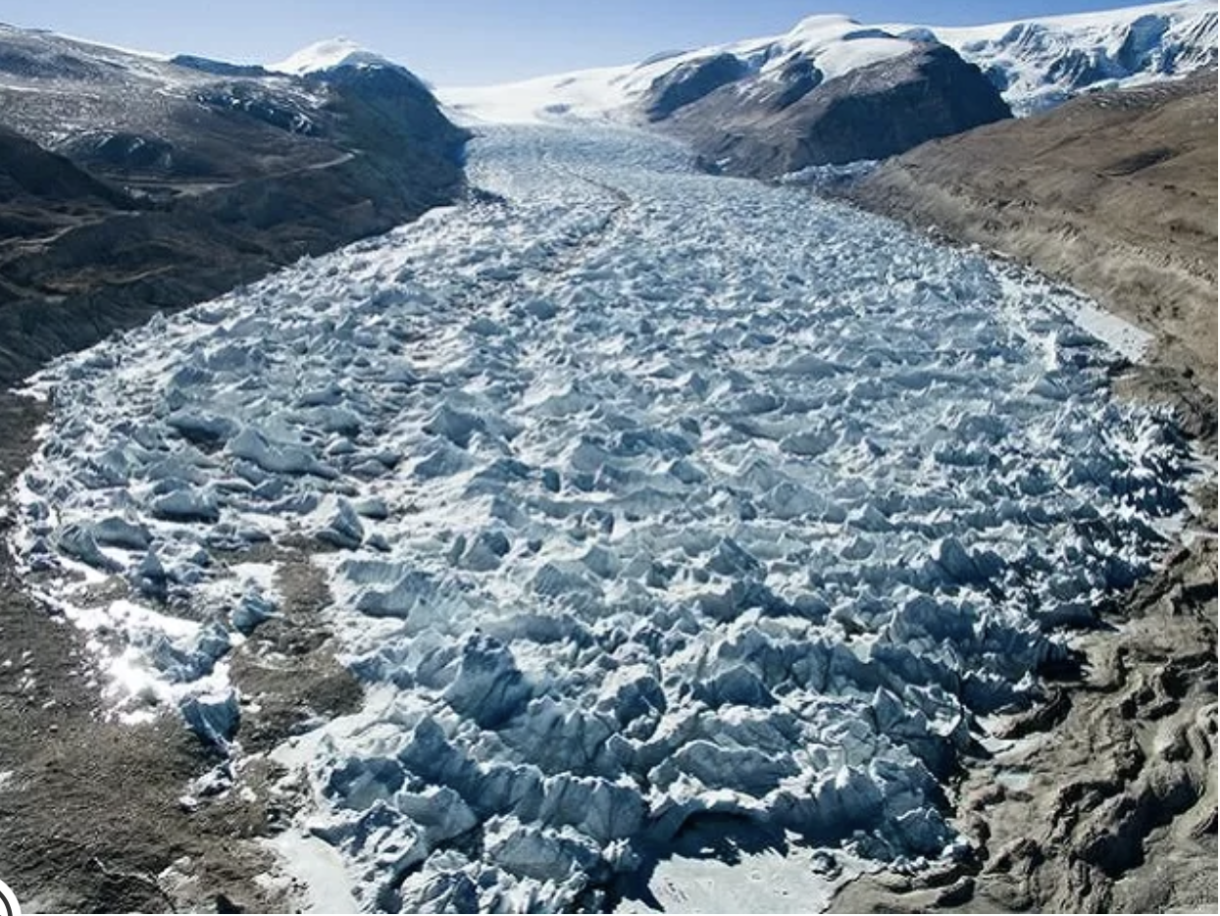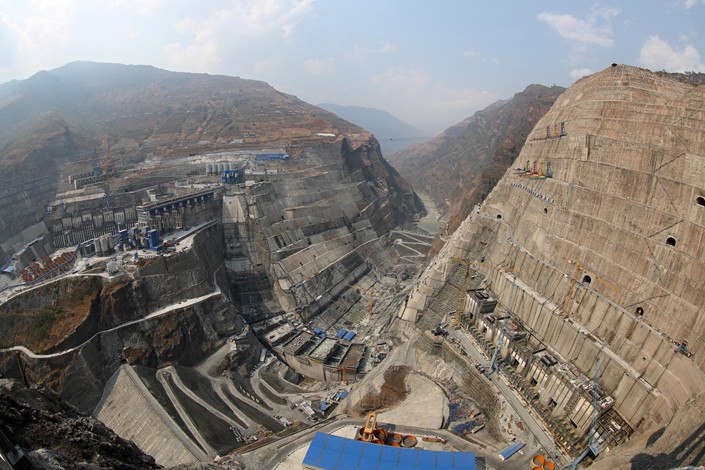Posted On October 22, 2015
By Vishal Gulati, IANS, The Economic Times, 20 October 2015
DHARAMSALA: The Tibetan plateau, home to the third largest store of ice that feeds Asia’s six great rivers, is highly vulnerable to climate change, researchers say, warning that over two-thirds of the glaciers could disappear by 2050.
Tibet is increasingly experiencing the effects of climate change. The Tibetan plateau has seen an increase in temperature of approximately 0.3 degrees Celsius every 10 years, say climate researchers of the Central Tibetan Administration (CTA).
In the past 50 years, the temperature has increased by 1.3 degrees Celsius, three times the global average, they said.
This resulted in 82 percent retreating of ice cover and 10 percent degrading of permafrost.
Degrading grasslands and increasing desertification owing to large-scale mining, excessive damming and reducing forest cover also threaten the fragile ecosystem of Tibet, the highest and largest plateau which influences the onset of the Asian monsoon.
Sounding an alarm ahead of the UN climate talks – COP21 – in Paris next month, CTA head Lobsang Sangay said the world leaders should put Tibet, also called the Third Pole as it stores the most ice and water after the Arctic and Antarctic, at the centre of negotiations.
“An environmental catastrophe can be avoided by recognising the significance of the Tibetan plateau to the environmental health of the planet,” Sangay told IANS.
Quoting its independent studies and international scientific assessments, CTA researchers say excessive damming leads to heavy loss of water through evaporation and causes a significant fall in the river water volume in downstream countries.
This contributes to the release of greenhouse gases and climate change, they say, adding China has dammed major rivers and their tributaries in Tibet and more such action is expected.
Sangay said China has dammed every major river and its tributaries in Tibet. And more dams are expected as China has given priority to hydropower projects.
As an example, he said, by China’s own estimates, 80 percent of Tibet’s forests – which once covered 25.2 million hectares – have been destroyed. Similarly, China has announced more than 3,000 new mining sites that have deposits of 132 minerals.
Tibetan spiritual leader and Nobel laureate the Dalai Lama has been saying “the blue planet” of his homeland Tibet is currently vulnerable to climate change and needs to be protected not just for the people of Tibet but also for the world’s environmental health and sustainability.
According to the researchers, 82 percent of the ice in Tibet has retreated in the past 50 years.
“There has been no net accumulation of ice since 1950’s. The melting season comes earlier and lasts longer. And at the current rate, two-thirds of the glaciers will be gone by 2050,” the CTA said.
It said climate change has a visible impact on the Alpine permafrost in Tibet, which stores about 12,300 million tonnes of carbon.
Permafrost is an ecologically important element of high-latitude and high-altitude ecosystems. In Tibet more than 50 percent of the total area is covered by grasslands.
“Ten percent of the permafrost has degraded in the past decade. The Tibetan permafrost stores one-third of the world’s soil carbon. Its degradation and the resulting vegetation loss would lead to a huge amount of carbon entering the atmosphere, exacerbating global warming,” said a CTA researcher.
The Roof of the World, as Tibet is also known, is also facing desertification.
Quoting UNDP reports, Sangay said Tibet’s grasslands are turning into deserts at a staggering 2,300 sq km per year.
Likewise, the Chinese Academy of Sciences in Beijing has stated that Tibet’s wetlands have shrunk more than 10 percent in the past 40 years.
Climate researchers at the University of East Anglia and the Chinese Academy of Sciences, in an online paper in US academic journal Proceedings of the National Academy of Sciences, said the wettest individual year reconstructed in 3,500 years in northeastern Tibet is 2010.
“Solutions to the climate change crisis in Tibet exist. We want to recognize the global significance of the Tibetan plateau to the overall environmental health of the universe,” Dicki Chhoyang, CTA’s head of the department of information and international relations, said.
She said the international community should urge the Chinese government to rigorously enforce its Environmental Protection Law that came into force on January 1 this year.
The Dalai Lama has lived in India since fleeing his homeland in 1959. The Tibetan exile administration is based in this northern Indian hill town.
Source: www.tibet.net









